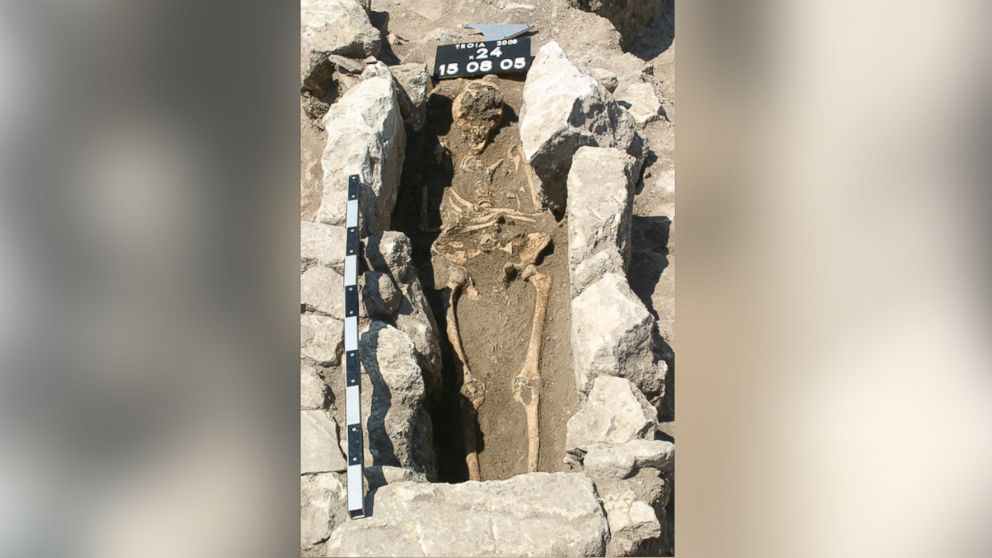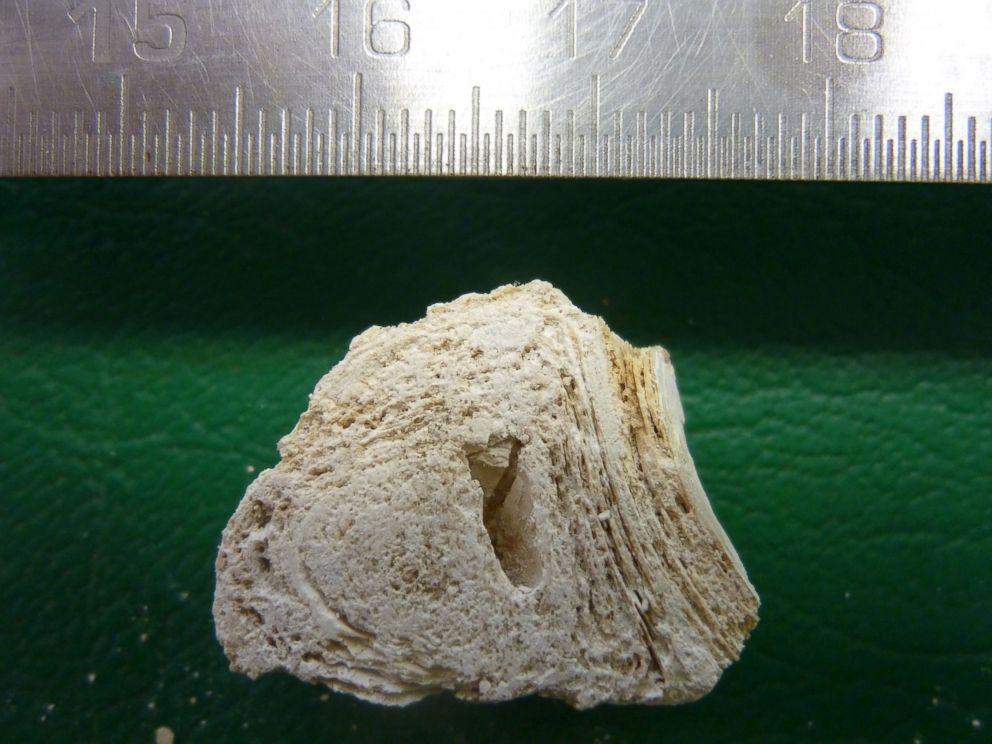Ancient Bacteria Yield Clues for Woman's Dramatic Cause of Death 800 Years Ago
The likely cause of death turned out to be more dramatic than first thought.

— -- This woman's post-mortem was 800 years in the making, with ancient bacteria providing the critical clue for her likely cause of death, and offering a tantalizing glimpse into the lives of our forebears in the Near East.
In the 800-year-old remains of a Byzantine woman found in Turkey, in what used to be Troy, an archaeologist discovered some nodules the size of strawberries — leading to initial speculation that the woman died of tuberculosis. But the story turned out to be much more complex.
Researchers from multiple institutions, including McMaster University in Canada and the University of Wisconsin at Madison, were able to extract ancient bacteria from the nodules, revealing a likely cause of death that was entirely different, according to findings published this week in the science journal eLife.
Co-author Dr. Caitlin Pepperell, an expert on the evolution of pathogens and a professor of medicine and medical microbiology at the University of Wisconsin at Madison, said after seeing the "chalky and white" nodules, researchers initially suspected the woman died from tuberculosis.
"When tuberculosis affects the lungs, they can cause calcified lesions," Pepperell told ABC News.
However, when they opened up the nodules, they found preserved and fossilized tissue that did not appear to have signs of tuberculosis infection. She and her colleagues then worked with a specialist to extract and read ancient bacteria.
They found these fossilized nodules had bacteria far different from the bacteria that cause tuberculosis.
"We got these reads from these bacteria, and at that point we knew it was not TB. It was something else, and the job was to figure out what it was," Pepperell said.
The researchers' work was complicated by the fact that a large amount of DNA in the remains is from foreign bodies. Additionally, they had to examine the bacteria to determine whether they were from the same era as the remains or recent additions.
"DNA becomes damaged in a predictable way over time. You look for those damage patterns" to find the ancient DNA, Pepperell said.
Further testing revealed strains of two types of bacteria — Staphylococcus saprophyticus and Gardnerella vaginalis — which pointed to the woman's death from a serious infection, possibly related to the urinary tract or reproductive system.

They found a big missing piece of the puzzle when they discovered DNA likely from a male fetus.
"What clinched it was that we got Y-chromosome data," Pepperell said, referring to the chromosome found only in males. "I had always been suspicious of a pregnancy-related infection ... because they were an incredibly important cause of death in women in that time and place."
The presence of the Y chromosome pointed to an infection in the placenta involving both the found bacteria, she said. Immune cells from the woman and the male fetus would be present in trying to fight a placental infection, explaining the presence of Y-chromosome DNA.
Pepperell and her fellow researchers now theorize that the woman died after contracting a serious infection called chorioamnionitis that affected the placenta, amniotic fluid and membranes around the fetus.
As a result of finding this specific strain of the staph bacteria, Pepperell said researchers understand a little bit more about how people of the Byzantine era lived and died.
“The strain from Troy belongs to a lineage that is not commonly associated with human disease in the modern world,” Pepperell said in a statement.
She pointed out that many people of that era lived in close quarters with their livestock.
“We speculate that human infections in the ancient world were acquired from a pool of bacteria that moved readily between humans, livestock and the environment,” she said.




